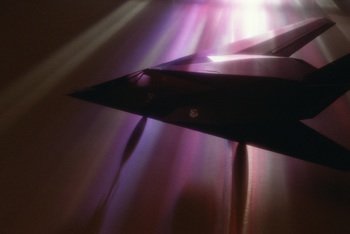Wind turbine manufacturers Vestas have developed a rotor blade using stealth technology which could mean many more sites can be developed near airports and other radar systems without interfering in their operations.Finn Strøm Madsen, Vestas Technology R&D President said: “This is a critical step toward the commercialization of stealth turbines and holds potential to open a significant number of wind power locations for Vestas customers.”
Test results showed that a Vestas V90 turbine with stealth rotor achieved a targeted reduction in radar cross-section of approximately 99%, or 20 decibels, compared with standard turbines.
As part of an ongoing research project since 2006, Vestas have worked with technology partner QinetiQ. The partnership believe the findings show that there is now more potential for new locations to build wind turbines. Vestas estimate that an estimated 20GW of wind power capacity is currently blocked worldwide by concerns about radar interference.
Mr Madsen said the new material would help companies develop these no-go sites.: “Our testing has demonstrated that we have successfully adapted military stealth technology to make Vestas wind turbines viable for placement in many locations that have been restricted by radar concerns,” said.
The turbines use adapted military technology of radar absorbing materials that are integrated into the current manufacturing processes for turbine components and can be designed to operate at aviation and maritime frequencies.
Vestas operate 43,433 wind turbines worldwide which currently reduce carbon emissions by approximately 50 million tons of CO2 every year.





